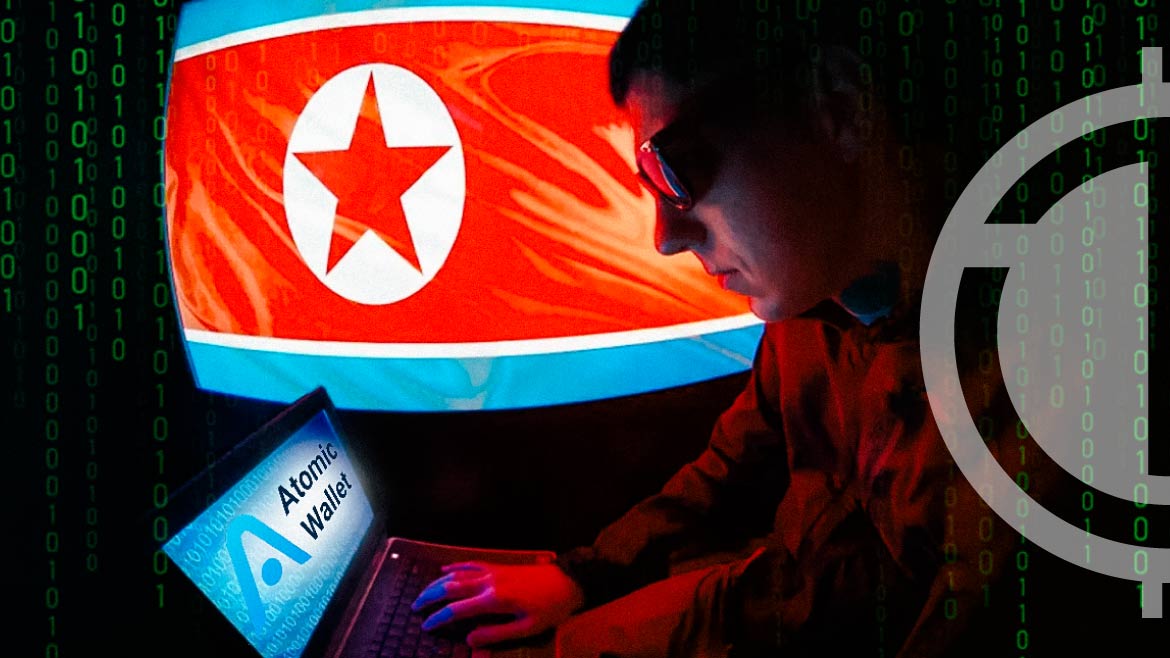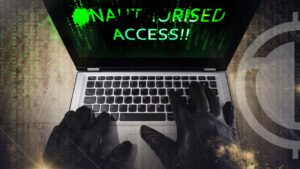
Atomic Wallet, a popular non-custodial crypto wallet, has come under fire from its users for its failure to provide updates regarding a recent massive hack that resulted in the theft of more than $100 million from over 5,000 wallets.
Crypto tracking firm, MistTrack, has revealed in a Twitter thread that North Korean hackers are laundering funds connected to the Atomic Wallet Hack:
🚨MistTrack Alert🚨
— MistTrack🕵️ (@MistTrack_io) June 15, 2023
North Korean hackers are laundering funds linked to @AtomicWallet Hack.
They deployed two smart contracts about 6 hours ago:
0xe07e2153542Eb4b768B4D73081143C90d25F1d58
0x3c3ed2597b140f31241281523952e936037cbed3.
Let's take a look👇
On June 8, Atomic Wallet issued a statement assuring its followers on Twitter that it was committed to assisting the victims of the exploit. The company stated that it had engaged the services of Chainalysis, a leading Crypto Incident Investigator, to trace the stolen funds and collaborate with exchanges and authorities. However, since then, the crypto wallet maker has remained silent on the platform, leaving many users frustrated and angry.
One disgruntled Twitter user, Ezra Carlson, directed a question at Atomic Wallet, asking why they had failed to provide a clear answer about why they didn’t warn users about the hack when they were aware of the situation. The user stated that they had transferred to their wallet just before it was compromised.
Another user, @mahler241, expressed disappointment with Atomic Wallet’s behavior, calling it disgraceful and criticizing the company for its lack of communication. The user claimed to have suffered significant financial losses due to the hack.
Blockchain analysis firm Elliptic recently released a report detailing their analysis of the more than 5,500 Atomic crypto wallets affected by the hack, which resulted in losses exceeding $100 million. Elliptic’s investigation also revealed that the hack is linked to the notorious North Korean-affiliated hackers known as the Lazarus Group, based on the money laundering techniques employed by the malicious actors.














